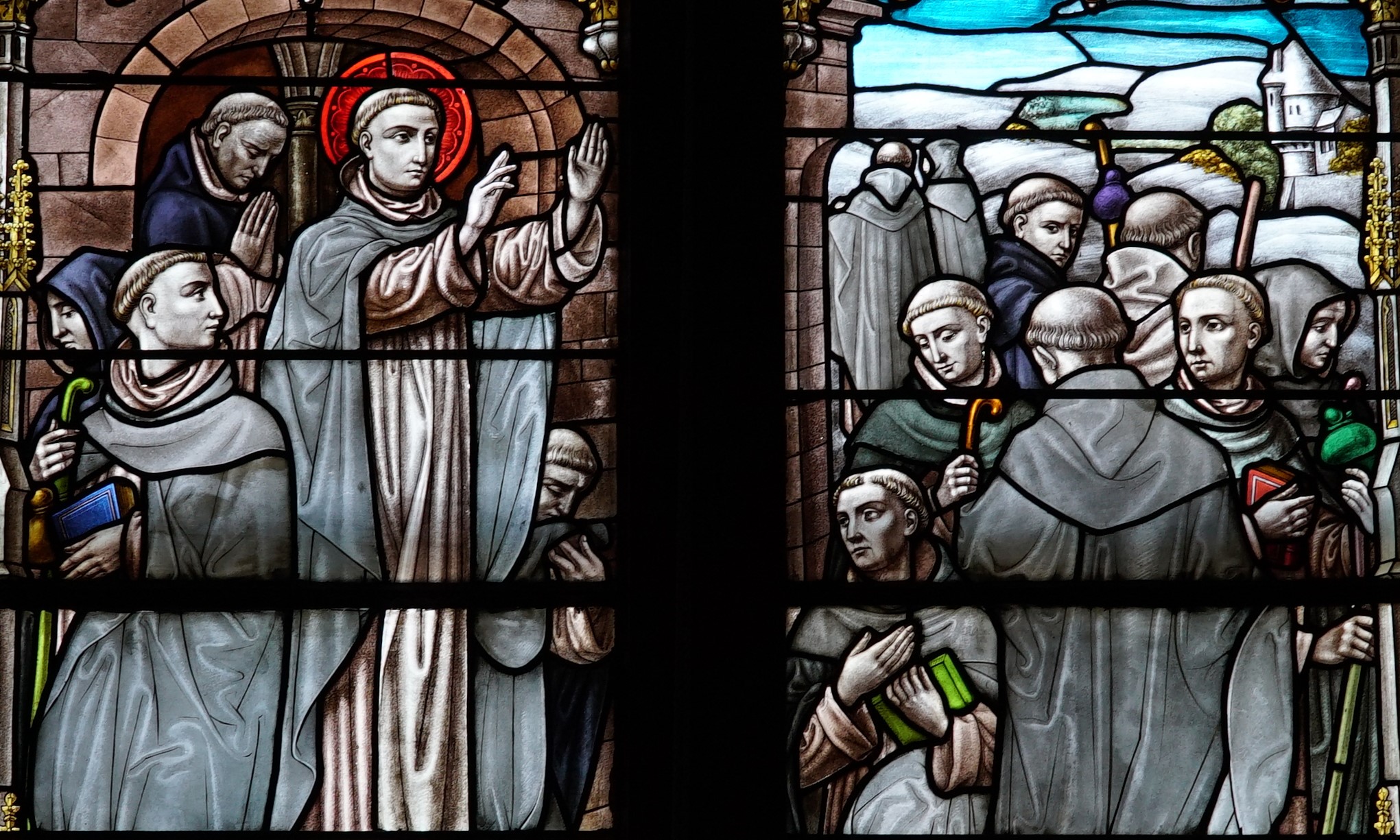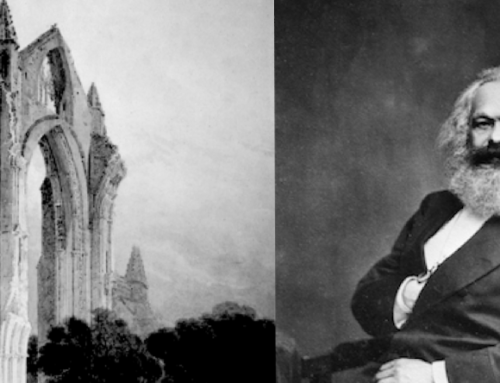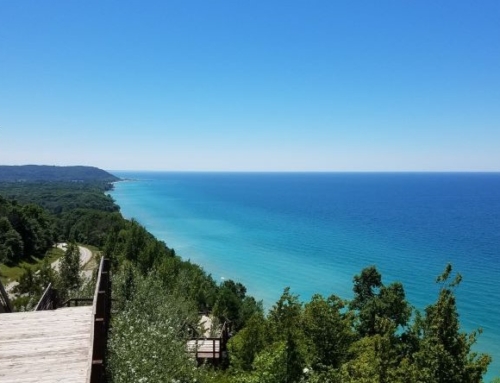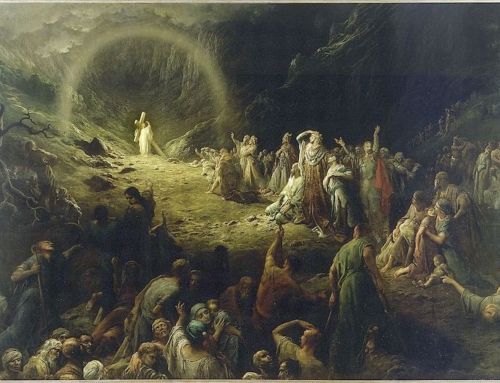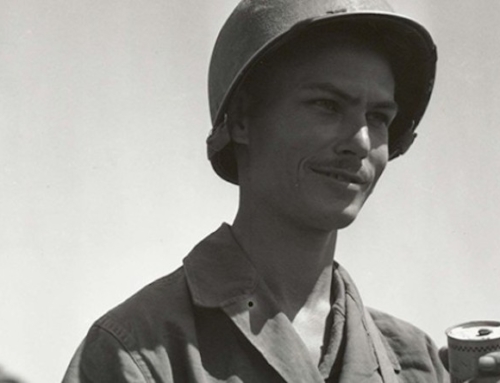Forma Vitae: An Essay on the Dominican Life
A “forma vitae” essay is meant to convey something about the “form of life” that we, as Dominican friars, live in virtue of our religious vows. Each “forma vitae” essay should provide accessible, insightful, and revealing commentary about the Dominican life and vocation. Other “forma vitae” essays can be found here.
The light of the morning sun passes through eight stained glass windows in the chapel of the Priory of the Immaculate Conception of “Little Rome.” They narrate the life of Saint Dominic in medieval fashion: using light, not words. The fourth of these windows, in particular, encapsulates the Dominican forma vitae. In it, Dominic disperses the brethren, sending them forth from the cradle of the Order in southern France to the centers of learning throughout Europe. He sends them forth to preach. What the window illustrates so well, however, is all that precedes the preaching of the Dominican friar.
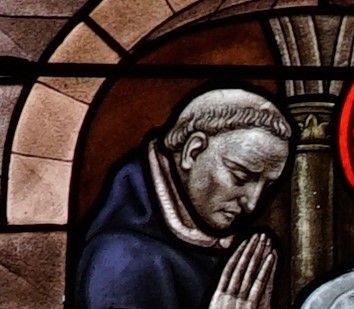
(Eccl 3:1a, 7b)
Fourteen friars are depicted in the window. Not one is speaking. The very context of the life of the friar preacher is silence, the source of holy preaching. Silentium est pater praedicatorum. Silence is the father of preachers. In silence, the friar preacher hears the Father’s voice. This silence is found principally in the cloister, where prayer, study, and the common life equip him to proclaim the Word to those outside its walls. The friars are dispersed from the silence of the cloister. Then, as now, even when they go forth, some always remain behind to pray for the mission.
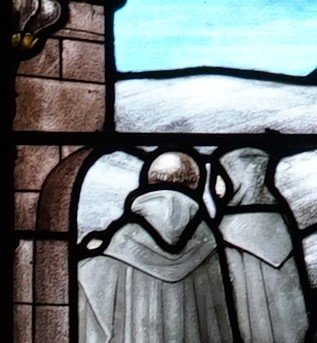
The friars are sent by Dominic, but not on individual missions. The friar preacher is no soloist. He is a friar, a frater, and thus is a man in relation to others. His brother friar is his Barnabas. Abroad, they preach together. At home, they eat and pray together. In chapter, they admit their faults to one another. They pursue souls together. They seek holiness together.
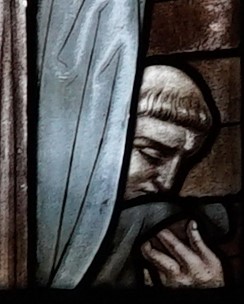
In the center of the scene, a kneeling friar kisses Dominic’s cappa. The earliest brethren were devoted to Holy Father Dominic. That devotion continues to this day. The friar preacher professes obedience to Dominic. The friar preacher prays for his intercession. The friar preacher, with filial trust, accepts the mission and form of life given by Dominic.
The salvation and care of souls depends on preaching. Before preaching, however, comes sending. A preacher must be sent, for “no one can give himself the mandate and the mission to proclaim the Gospel” (CCC 875). Christ sent his Apostles to preach (Luke 9:1-2). They, in turn, sent their successors, the bishops. Bishops, finally, commission others to preach on their behalf. At the dispersal of 1217, Dominic sent his sons to preach.
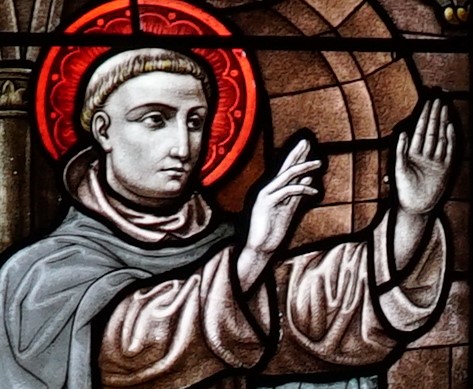
By what authority did Dominic send them? Only months before the dispersal, the holy founder had acquired a revolutionary papal bull from Honorius III which conferred the title “preacher” on all friars in Dominic’s fledgling company.
For the first time in the Church, the canonical mission, without which there is no authentic preacher of the Gospel, would no longer be conferred by the bishop, but by incorporation in a society, explicitly confirmed in this function by the Pope. (Vicaire, Saint Dominic and His Times, 224)
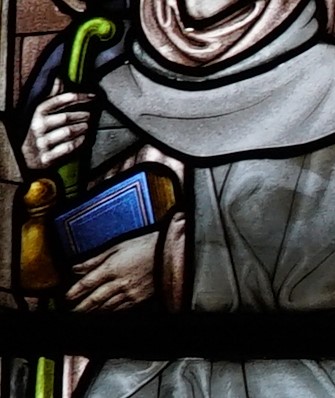
According to the Legenda of Constantino d’Orvieto, Dominic had a vision of Saints Peter and Paul while he was in Rome to receive this and other bulls. In the vision, St. Peter gave him the staff of a messenger and St. Paul gave him a book symbolizing doctrine. They told him, “Go and preach!” The chapel window unites the letter of Honorius’s bull to the spirit of Dominic’s vision. Dominic no longer carries the staff and book. He has given them to his sons, who will travel the world and proffer learned preaching to souls.
The Dominican forma vitae gives rise to Dominican preaching. Out of silence, in fraternity, and with devotion to Holy Father Dominic, the friar is sent to be a preacher of the Word.
✠
Photo by Br. Benedict Hernandez, O.P. (used with permission)

